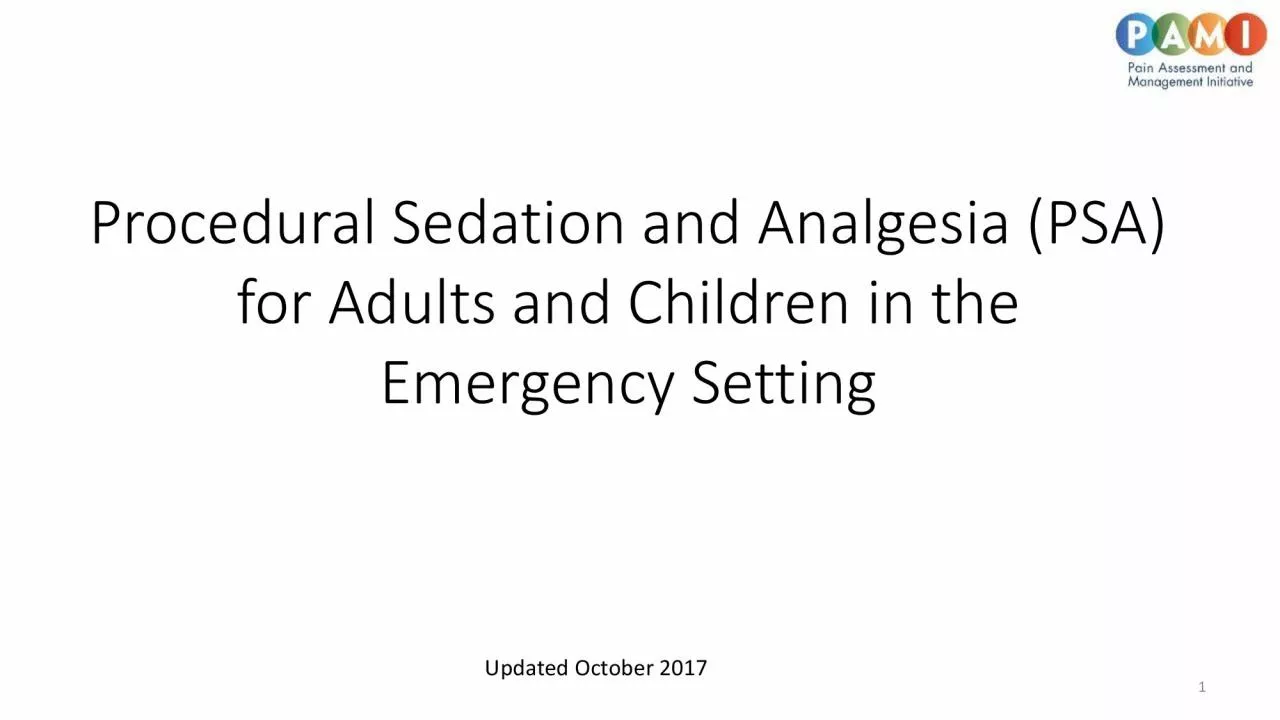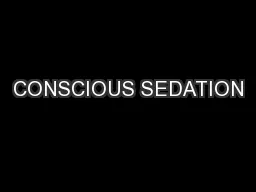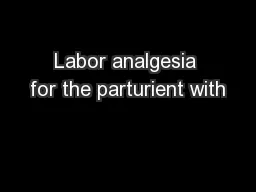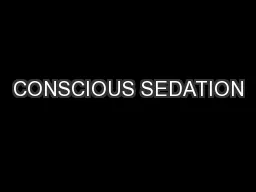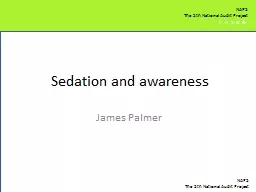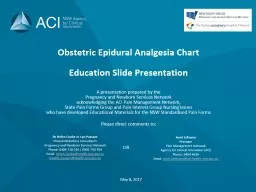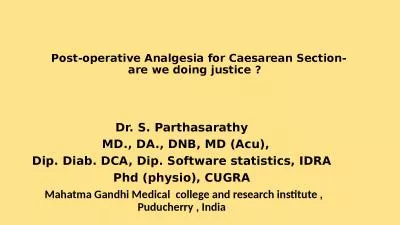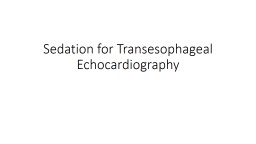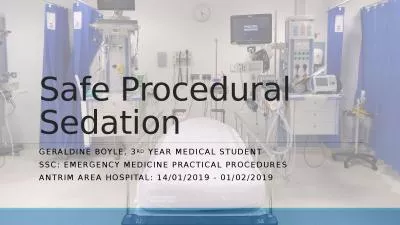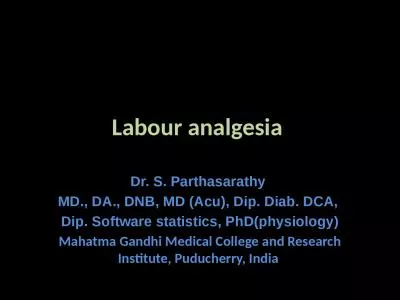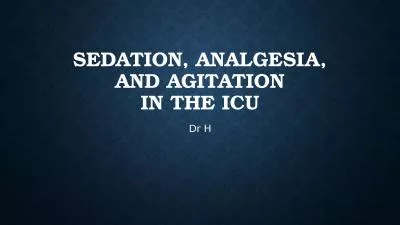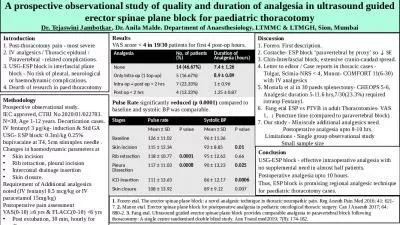PDF-Procedural Sedation and Analgesia PSA
Author : pamela | Published Date : 2021-08-23
for Adults and Children in the Emergency Setting1Updated October 20172PAMI learning module content will sometimes overlap due to similar topics The PAMI website
Presentation Embed Code
Download Presentation
Download Presentation The PPT/PDF document "Procedural Sedation and Analgesia PSA" is the property of its rightful owner. Permission is granted to download and print the materials on this website for personal, non-commercial use only, and to display it on your personal computer provided you do not modify the materials and that you retain all copyright notices contained in the materials. By downloading content from our website, you accept the terms of this agreement.
Procedural Sedation and Analgesia PSA: Transcript
Download Rules Of Document
"Procedural Sedation and Analgesia PSA"The content belongs to its owner. You may download and print it for personal use, without modification, and keep all copyright notices. By downloading, you agree to these terms.
Related Documents

